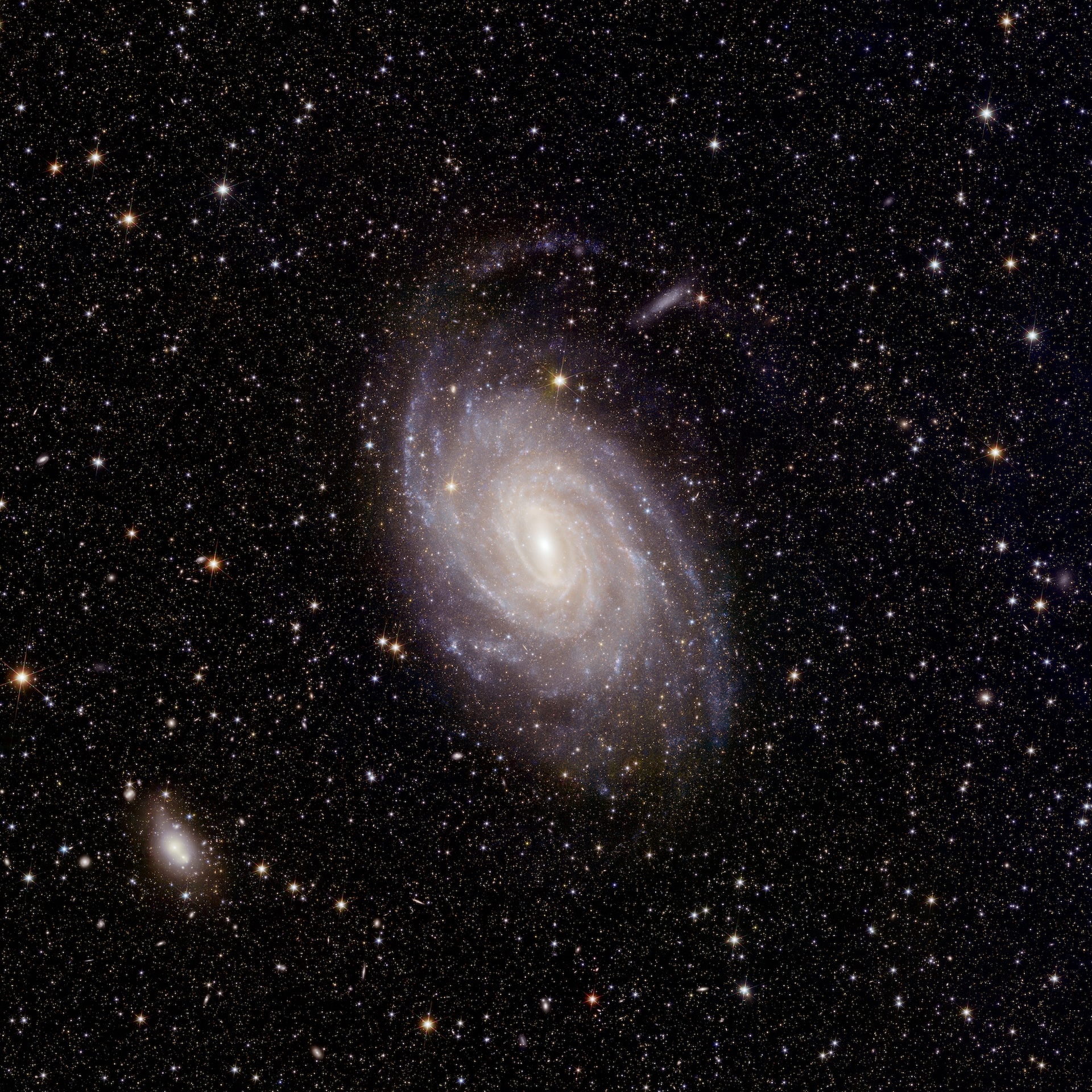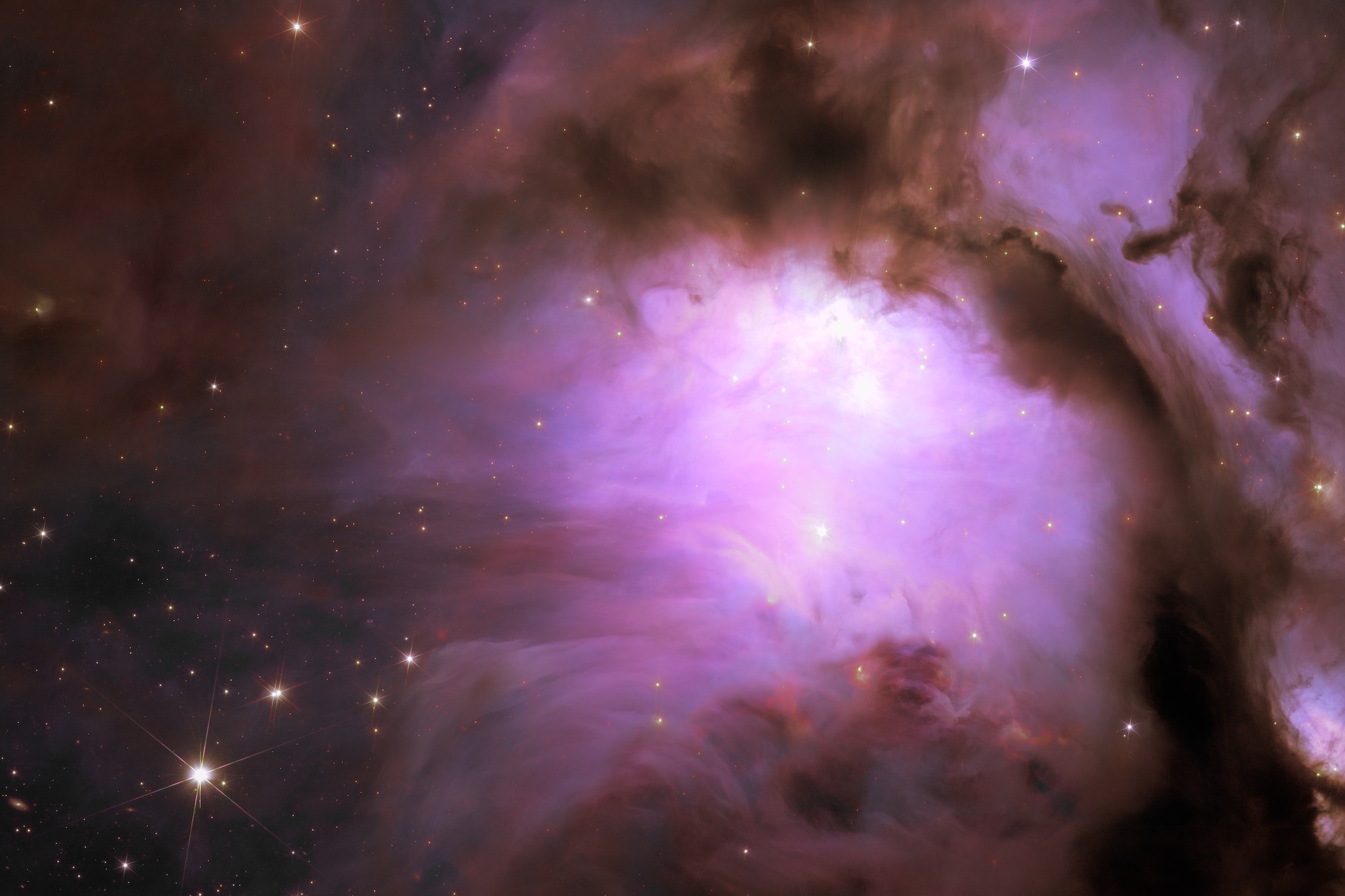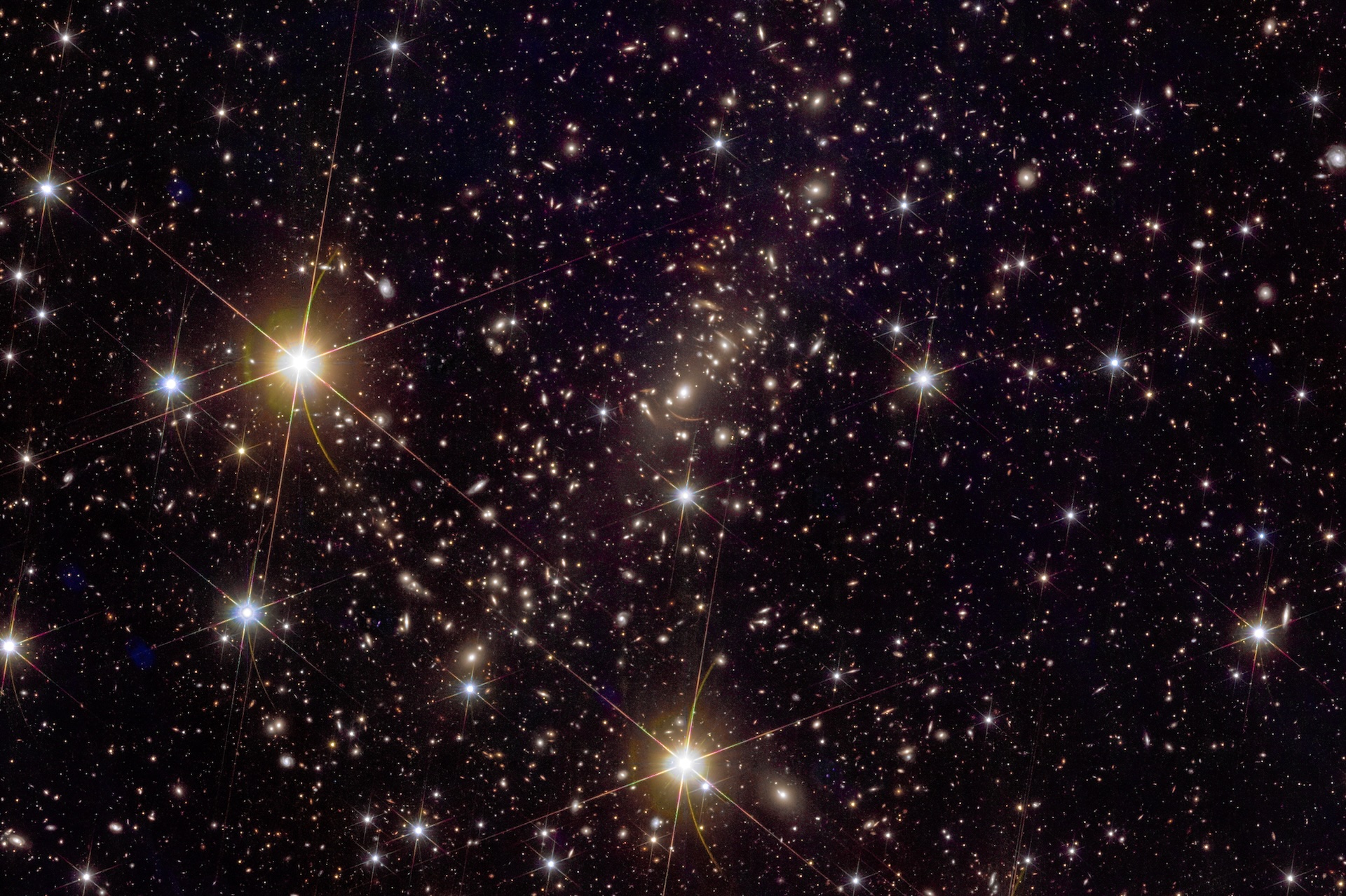Euclid serves up first science with a side of stellar images
May 23, 2024

May 23, 2024

Five new images of the universe taken by the Euclid satellite are now available, along with the mission’s first scientific papers and data.
The never-before-seen images demonstrate the European Space Agency (ESA) satellite’s ability to unravel the secrets of the cosmos and enable scientists to hunt for rogue planets, use lensed galaxies to study mysterious matter and explore the evolution of the universe.
“Euclid is a unique, ground-breaking mission, and these are the first datasets to be made public – it’s an important milestone,” said Dr. Valeria Pettorino, Euclid project scientist. “The images and associated science findings are impressively diverse in terms of the objects and distances observed. They include a variety of science applications and yet represent a mere 24 hours of observations.”
The satellite launched in July 2023 with a six-year mission to construct a 3D map of the universe. More than 2,000 scientists are involved in analyzing the data it sends back to Earth, including researchers from UBC, the University of Waterloo, the National Research Council of Canada (NRC) and many others Canadian institutions.

“The images taken by Euclid are so sharp and so big that they allow us to spot objects that would be invisible from Earth, including so-called ‘jellyfish’ galaxies and other dim or fuzzy cosmic objects,” said Dr. Douglas Scott, one of four Canadian spokespeople for the Euclid consortium and professor in the UBC department of physics and astronomy (PHAS). “Euclid was designed to look at the dark universe so it takes amazingly detailed pictures of the sky from space. But this means that the data are useful for studying the bright universe too, beyond the mission’s objectives. With just a day’s worth of data, we’re already finding planet-sized objects nearby and probing the nature of dark matter through gravitational lensing.”
The full set of early observations picked 17 astronomical targets, from nearby clouds of gas and dust to distant clusters of galaxies, ahead of Euclid’s main survey. This survey aims to image more than one-third of the entire sky to uncover the secrets of the dark cosmos and reveal how and why the Universe looks as it does today.
The images obtained by Euclid are at least four times sharper than those taken from ground-based telescopes. They cover large patches of sky at unrivalled depth, looking far into the distant universe using both visible and infrared light.

“It is incredibly exciting that we are now seeing scientific results from the early data taken by Euclid. Just 24 hours pointing at known astronomical objects has already provided interesting scientific results,” said Dr. Will Percival, University of Waterloo professor and a primary science coordinator for the Euclid space mission. “Survey operations currently underway will not just look at know objects, but will cover a huge patch of the observable universe. The potential for future discoveries of previously unknown objects is huge and exciting.”
The images also reveal new physical properties of the universe, detailed in a number of accompanying preprint papers. The early findings showcase Euclid’s ability to search star-forming regions for free-floating ‘rogue’ planets four times the mass of Jupiter; study the outer regions of star clusters in detail; and map different star populations to explore how galaxies have evolved over time. They reveal how the space telescope can detect individual star clusters in distant groups and clusters of galaxies; identify a rich harvest of new dwarf galaxies; see the light from stars ripped away from their parent galaxies and much more.

Euclid produced this early catalogue in a single day, revealing over 11 million objects in visible light and five million more in infrared light. This catalogue has resulted in significant new science.
“The quality of the first Euclid observations is simply stunning. Each of the Euclid images reveals so many faint galaxies in the background, which are the subject of my research,” said Dr. Allison Man, PHAS assistant professor. “Euclid is truly a treasure trove: the full mission will provide a catalogue of billions of galaxies. I look forward to using its data to investigate how the cosmological environment of galaxies influences how they form stars.”
Related links: The European Space Agency: Euclid
We honour xwməθkwəy̓ əm (Musqueam) on whose ancestral, unceded territory UBC Vancouver is situated. UBC Science is committed to building meaningful relationships with Indigenous peoples so we can advance Reconciliation and ensure traditional ways of knowing enrich our teaching and research.
Learn more: Musqueam First Nation